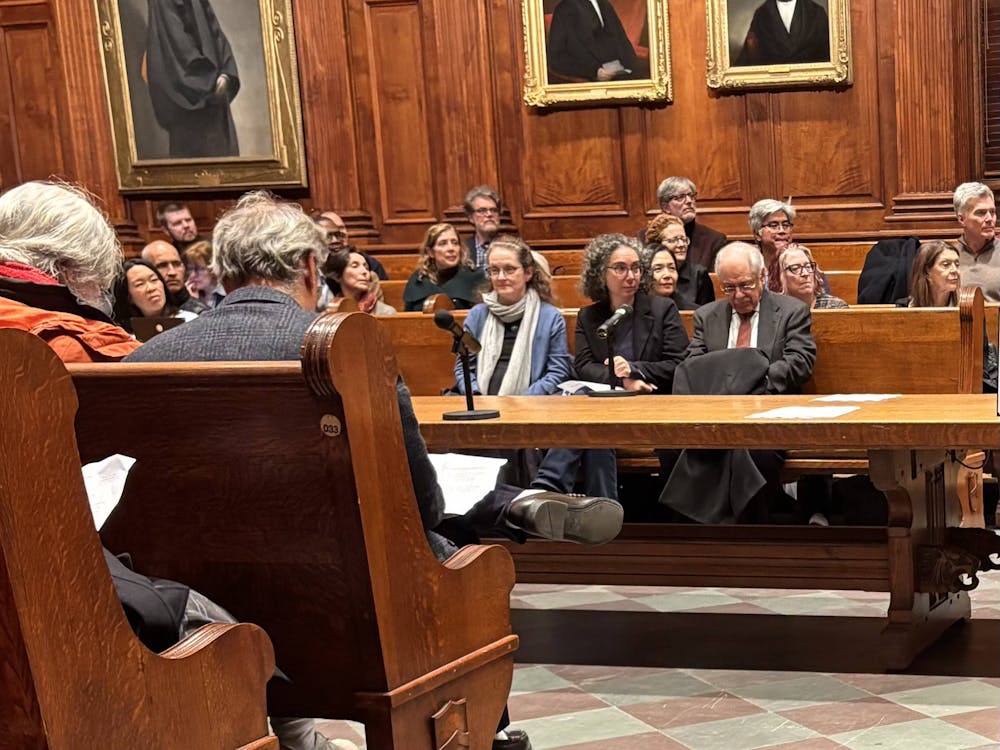University researchers have discovered a protein that controls tumors in breast cancer, a possible path toward the diagnosis and treatment of the disease. The lactation protein, known as Elf5, inhibits metastasis, the spread of the disease to other organs.
“The same protein that controls milk production also protects us from developing invasive breast cancer,” molecular biology professor Yibin Kang explained. Kang was a co-author of the study, which was conducted at labs at Princeton and the University of Buffalo and was featured as the cover paper in this month’s issue of Nature Cell Biology.
“We shot high and were very lucky to be published in the first journal we submitted to,” said Julie Hwang ’13, an undergraduate researcher at Kang’s lab and a co-author of the paper.
Kang and Hwang worked with the paper's lead author, Princeton associate research scholar Rumela Chakrabarti. Chakrabarti originally conducted research at UB with biochemistry professor Satrajit Sinha, who was another co-author on the paper. Chakrabarti left UB to take a position in Kang’s lab while researching together with Kang on the breast cancer study.
Sinha said the group members’ unique backgrounds contributed to their finding.
“The beauty of this work is that it takes our expertise in developmental biology, and it takes into account prescription factors to see how Elf5 controls other genes,” Sinha said.
Kang explained that Elf5 is a strong predictor of breast cancer development and that if a tumor has a high level of Elf5, it can be cured. When Elf5 levels are low, metastasis occurs, Kang explained. Patients who express low levels of Elf5 also have higher rates of death, Hwang said. The Princeton-UB team said these findings can lead to new methods in treating and diagnosing breast cancer and perhaps even cancers of other organs.
“We have uncovered a pathway; the next question is how to utilize [Elf5],” Sinha said. In the next five years through understanding and monitoring levels of Elf5 in cells, the cancer can be diagnosed and perhaps even treated through targeted therapy, he explained.
If Elf5 can be restored, the chance of metastasis immediately decreases, Hwang said.
“Metastasis is the reason cancer patients end up dying and Elf5 inhibits metastasis, so it is a great diagnostic tool,” Hwang said.
The next step, which the team is currently researching, is to see how the tumor loses Elf5, Kang said.
“If we can find the factor that regulates Elf5, we can target that factor and make a drug,” Chakrabarti said. Chakrabarti explained that while they know what happens “downstream,” the question is whether they can regulate it “upstream,” before metastasis occurs.

“Elf5-based therapy could be much broader applied than just breast cancer,” Sinha said.







